
Please refresh page if loading fails

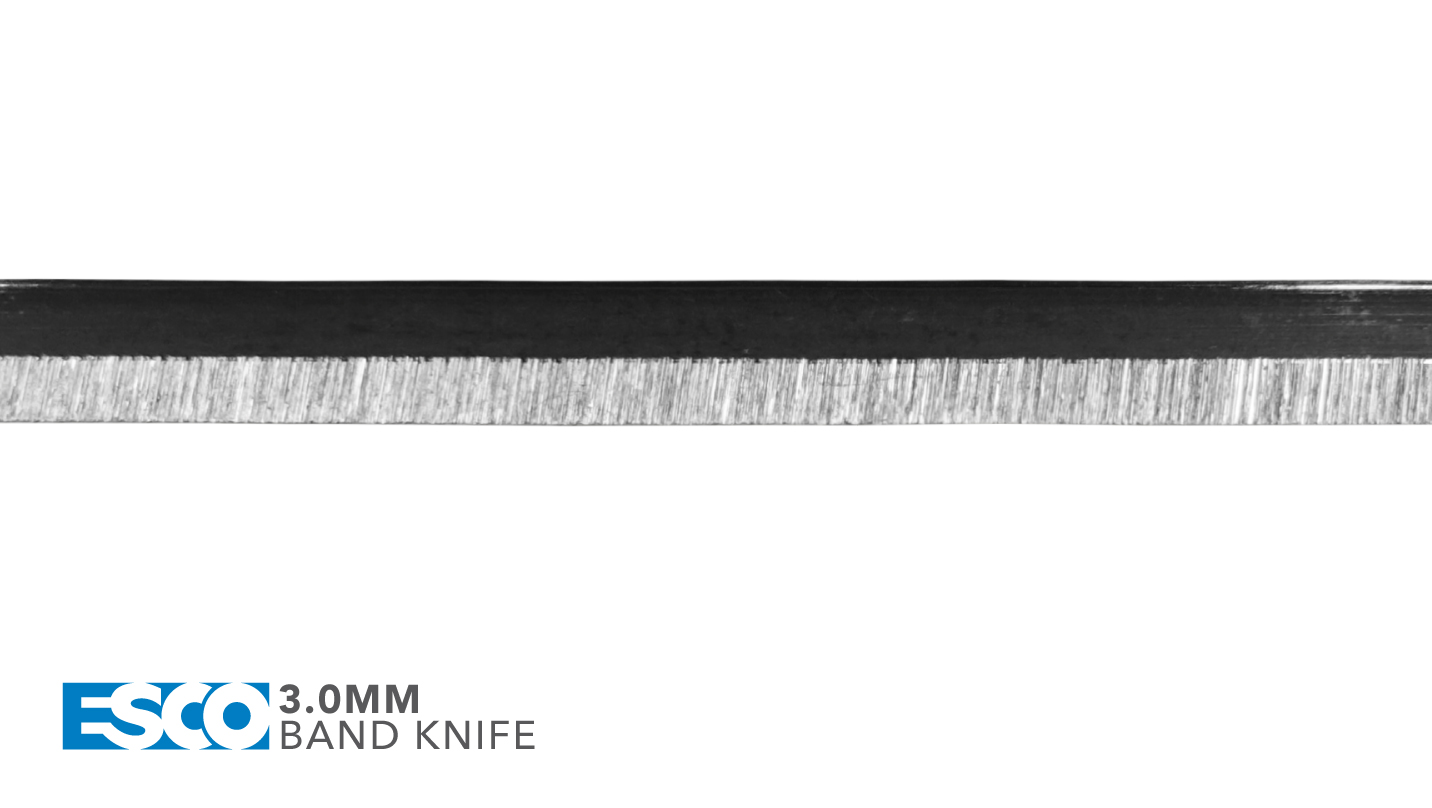

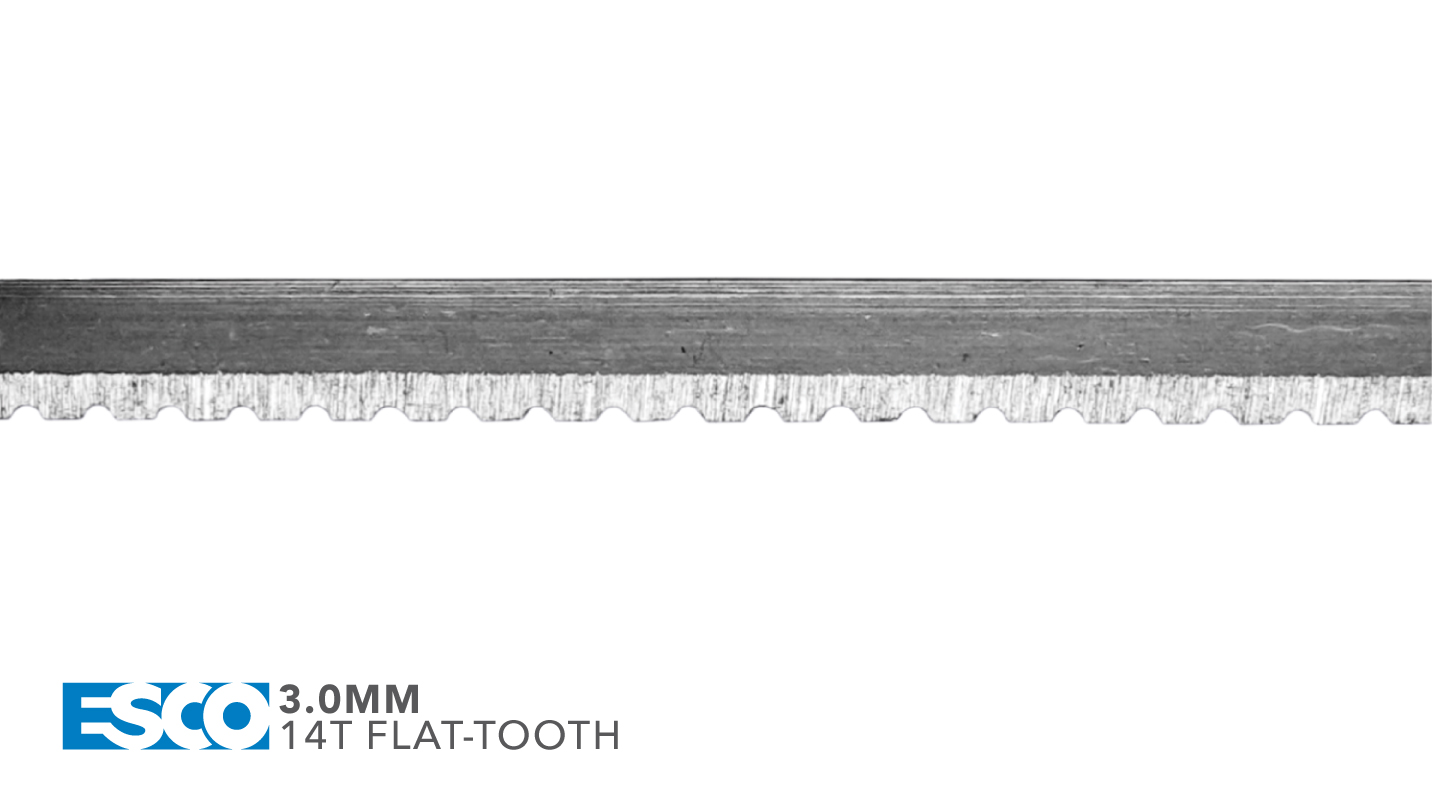

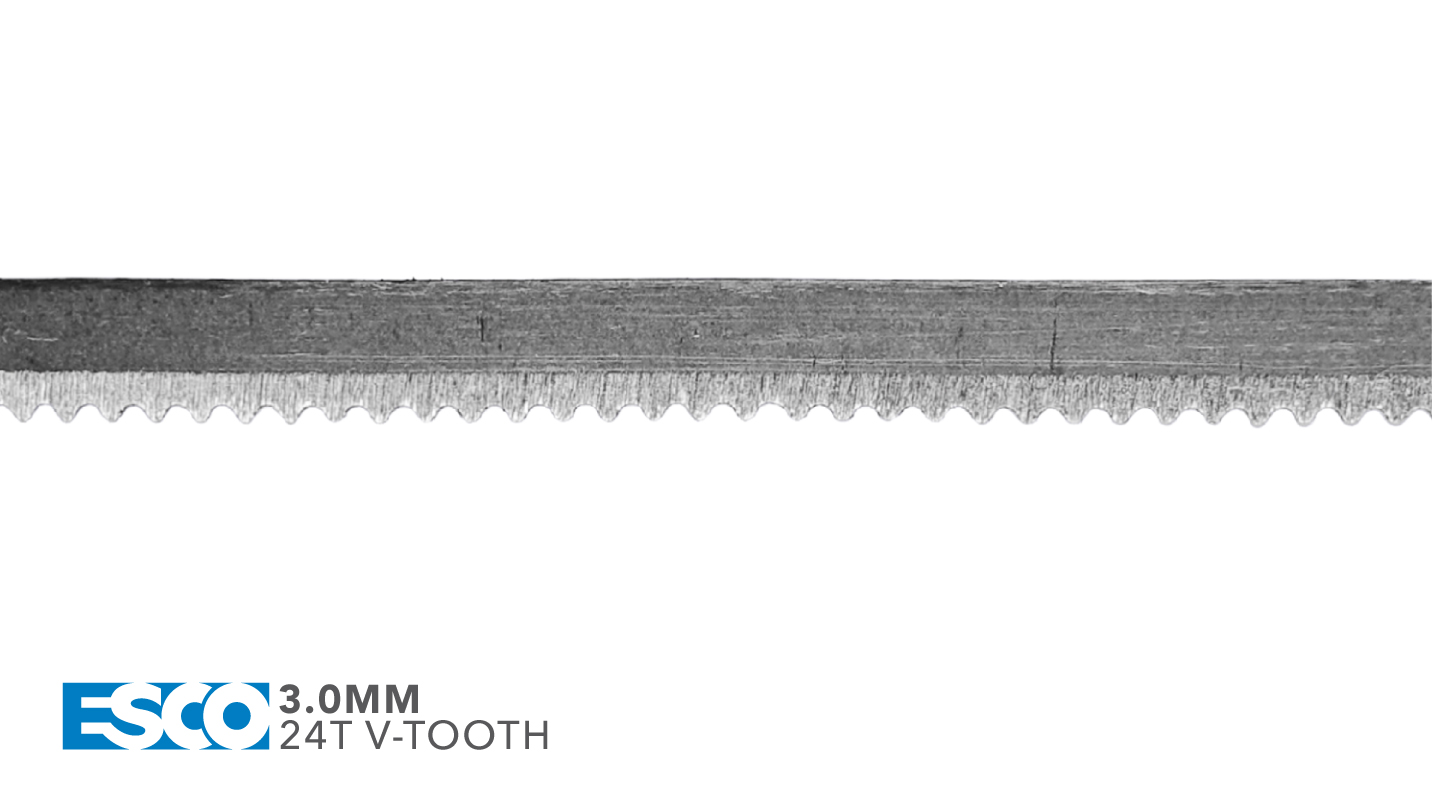


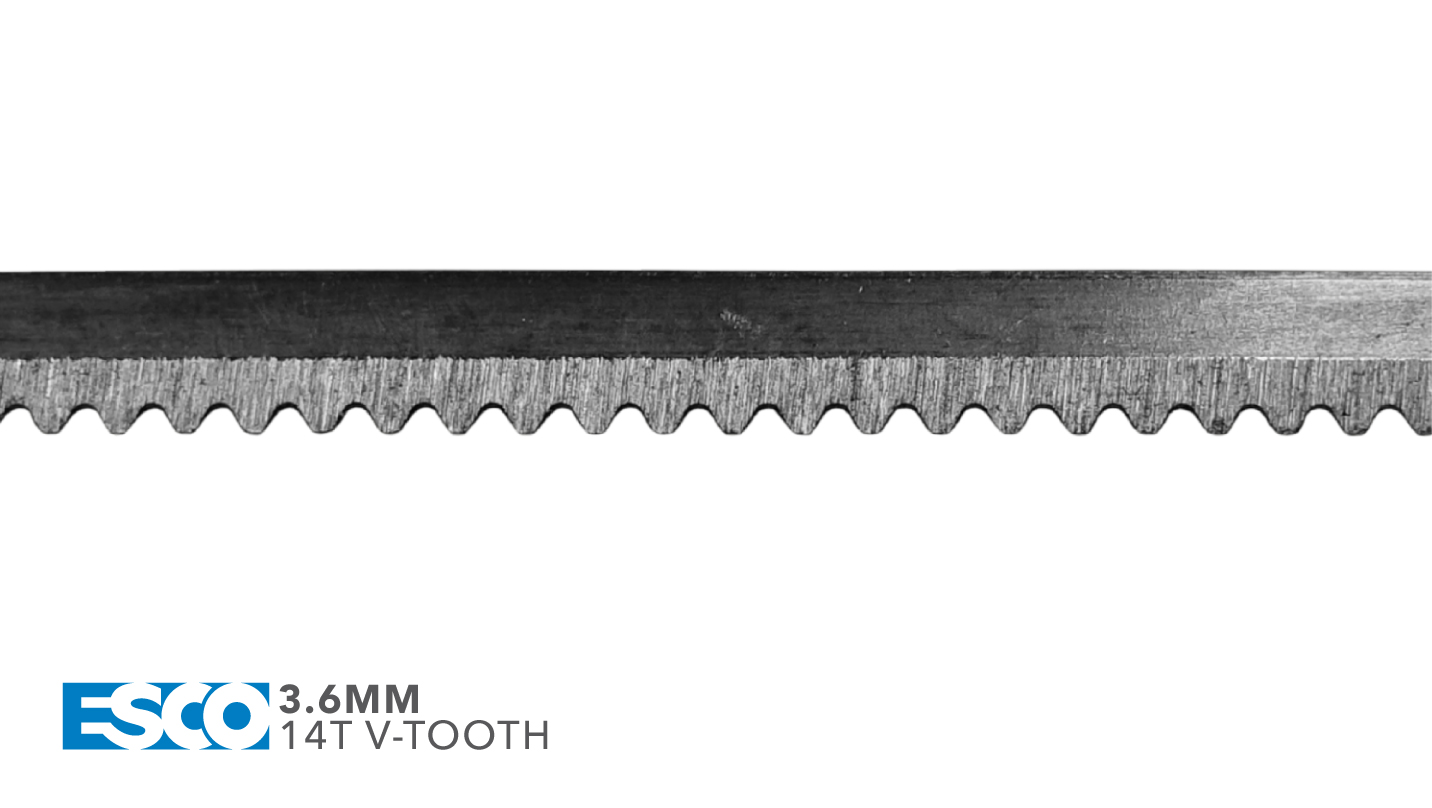
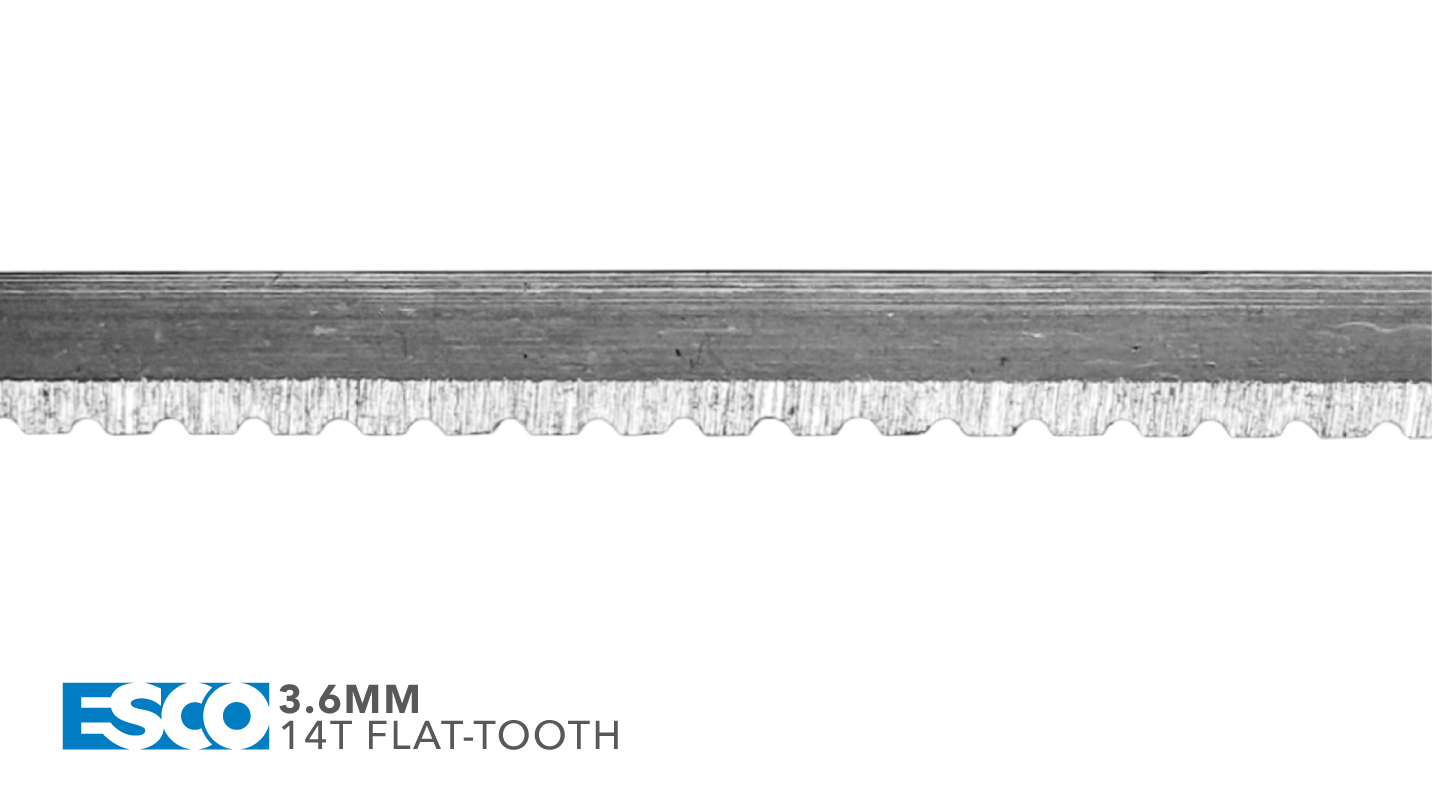


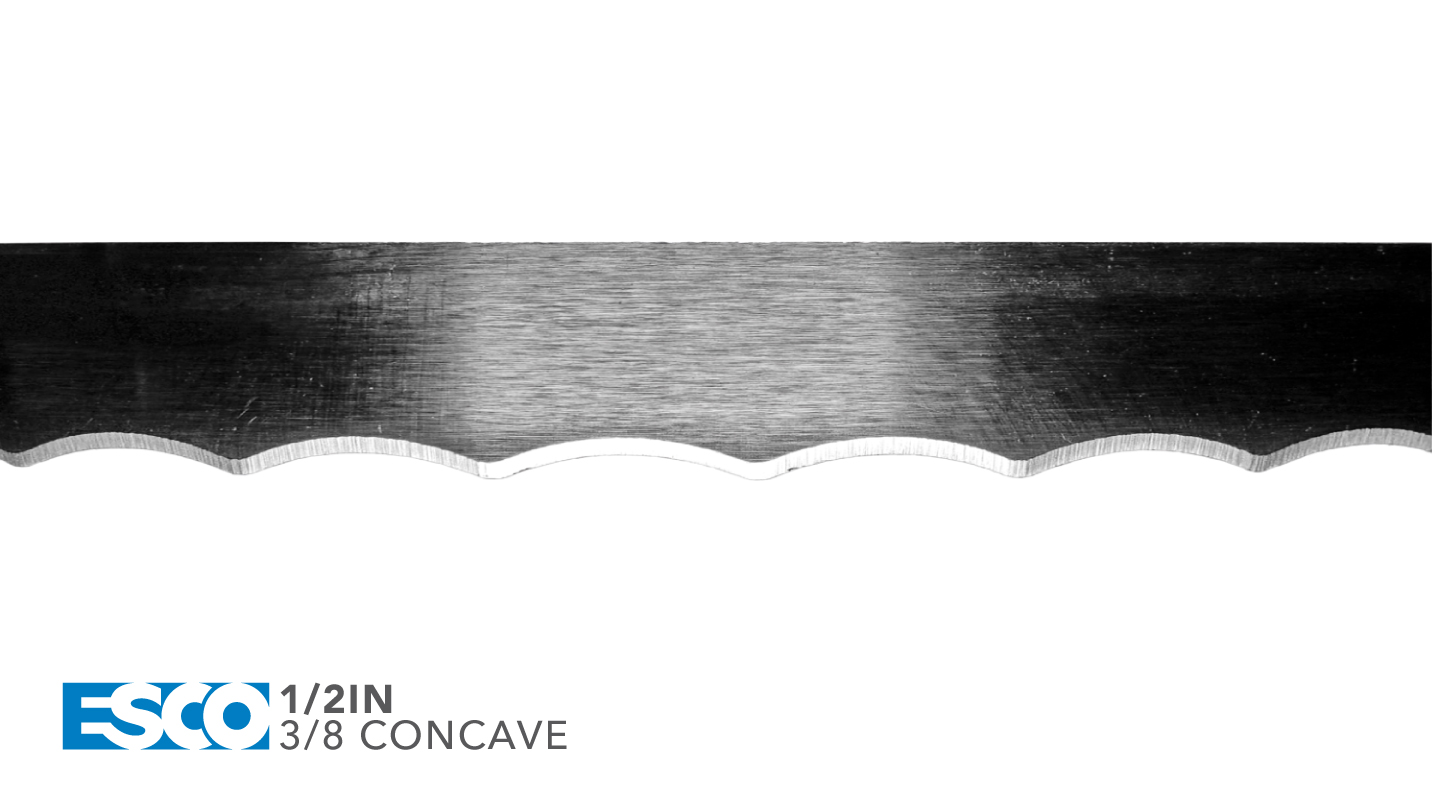
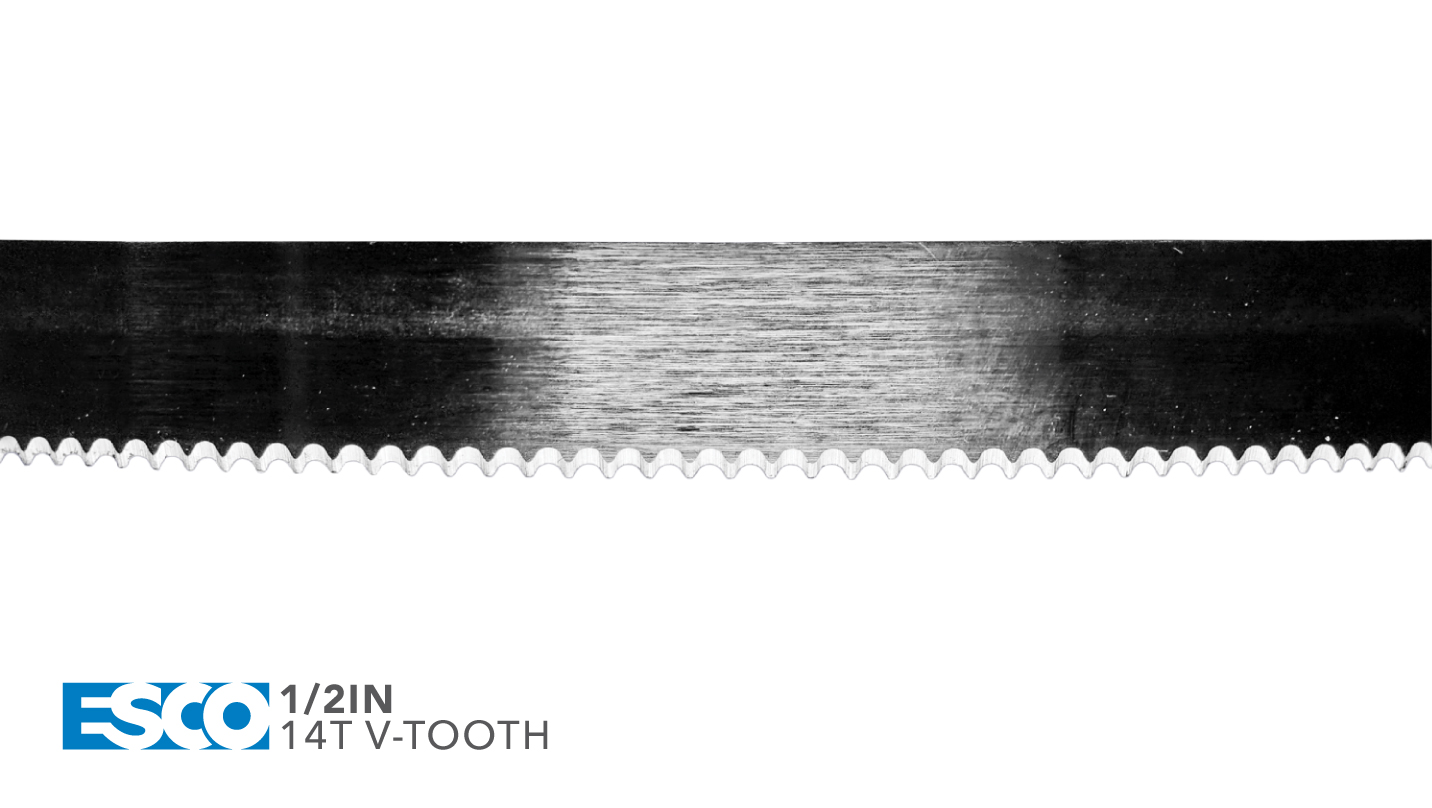

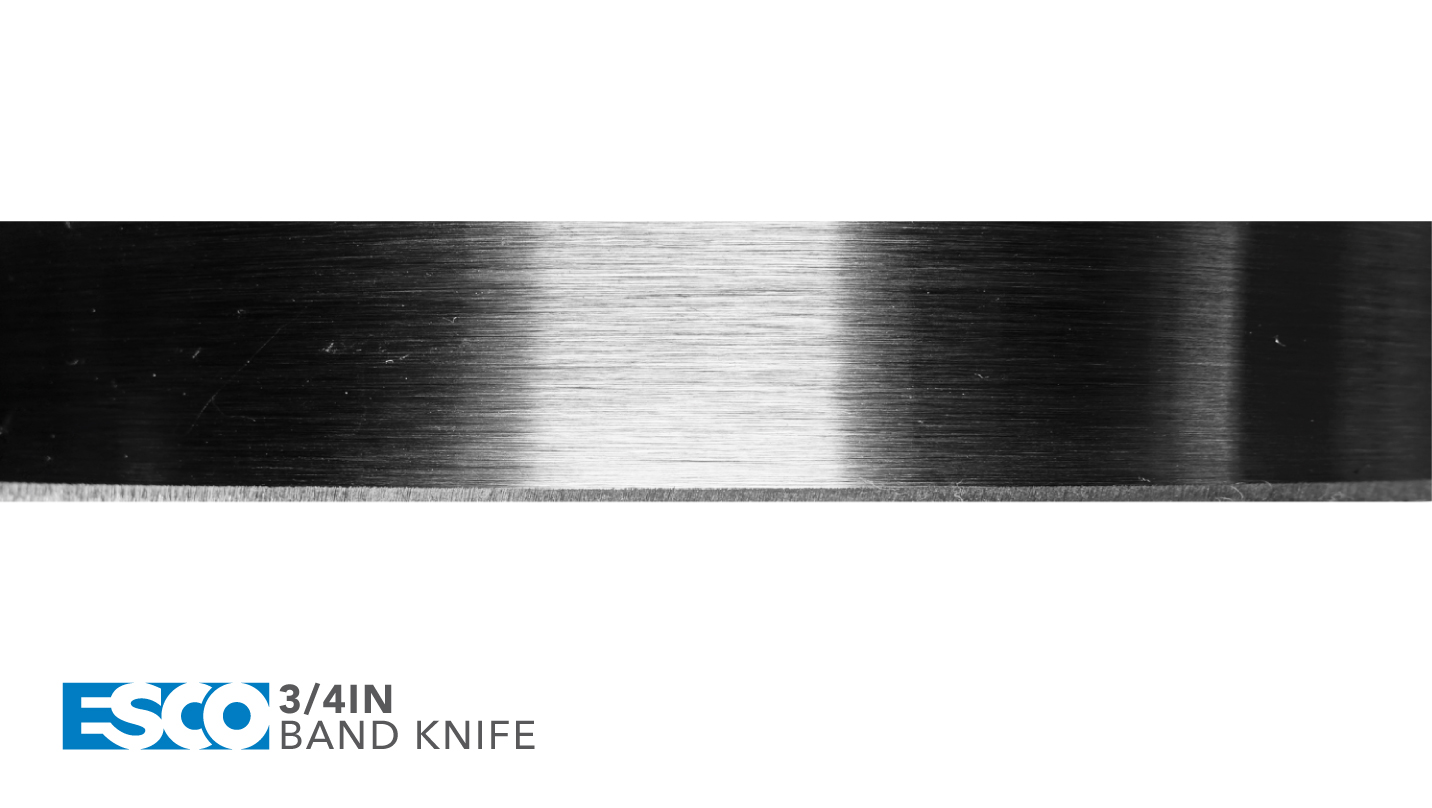
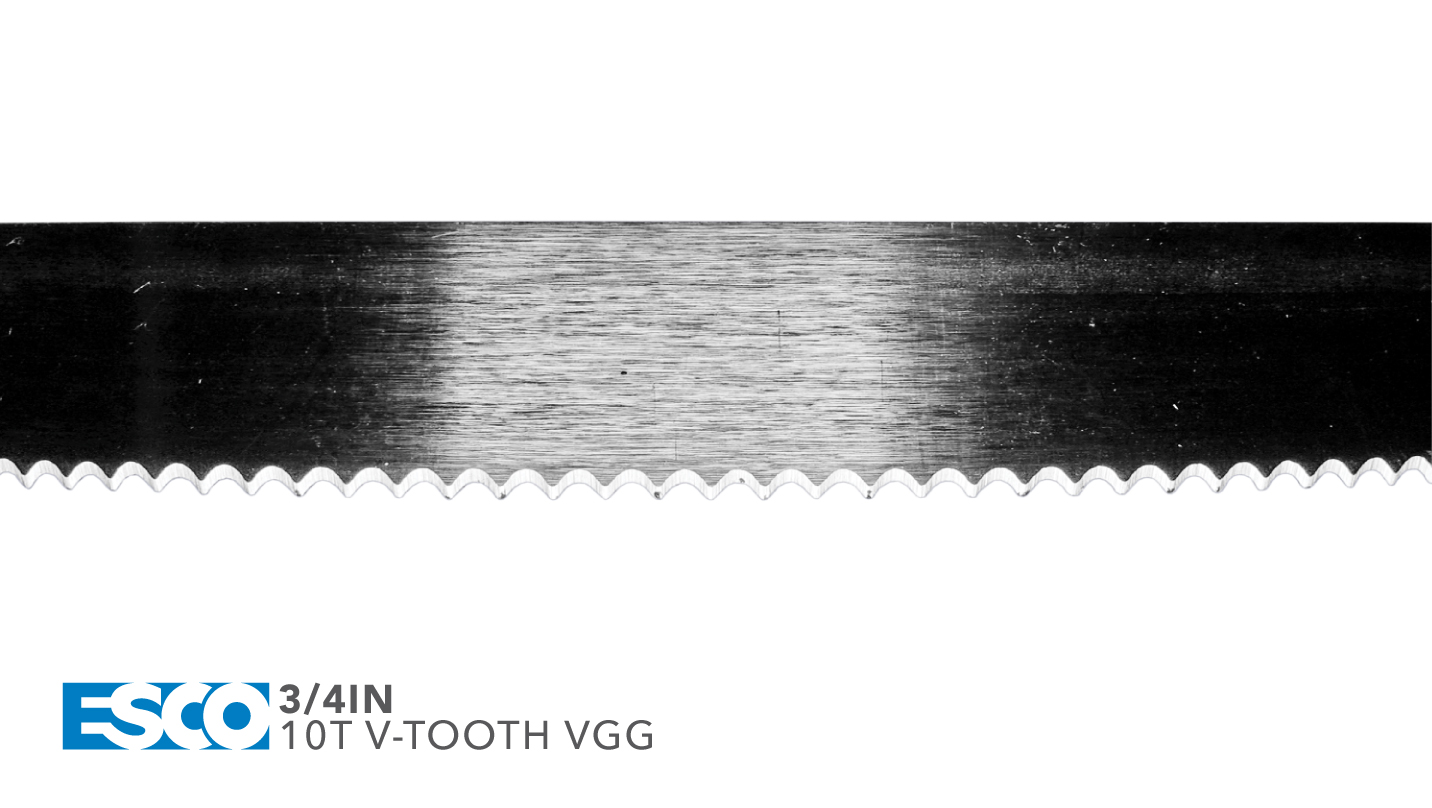
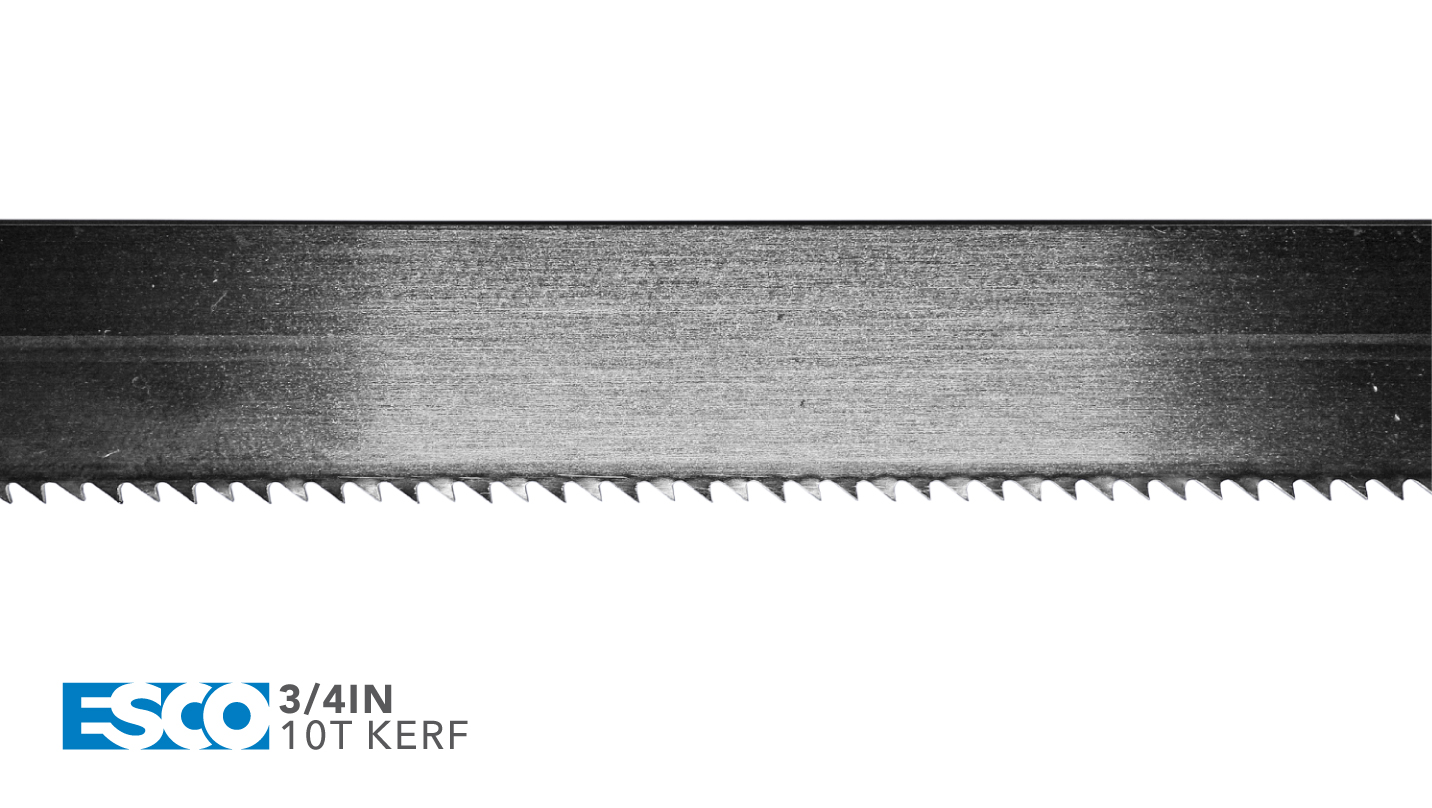

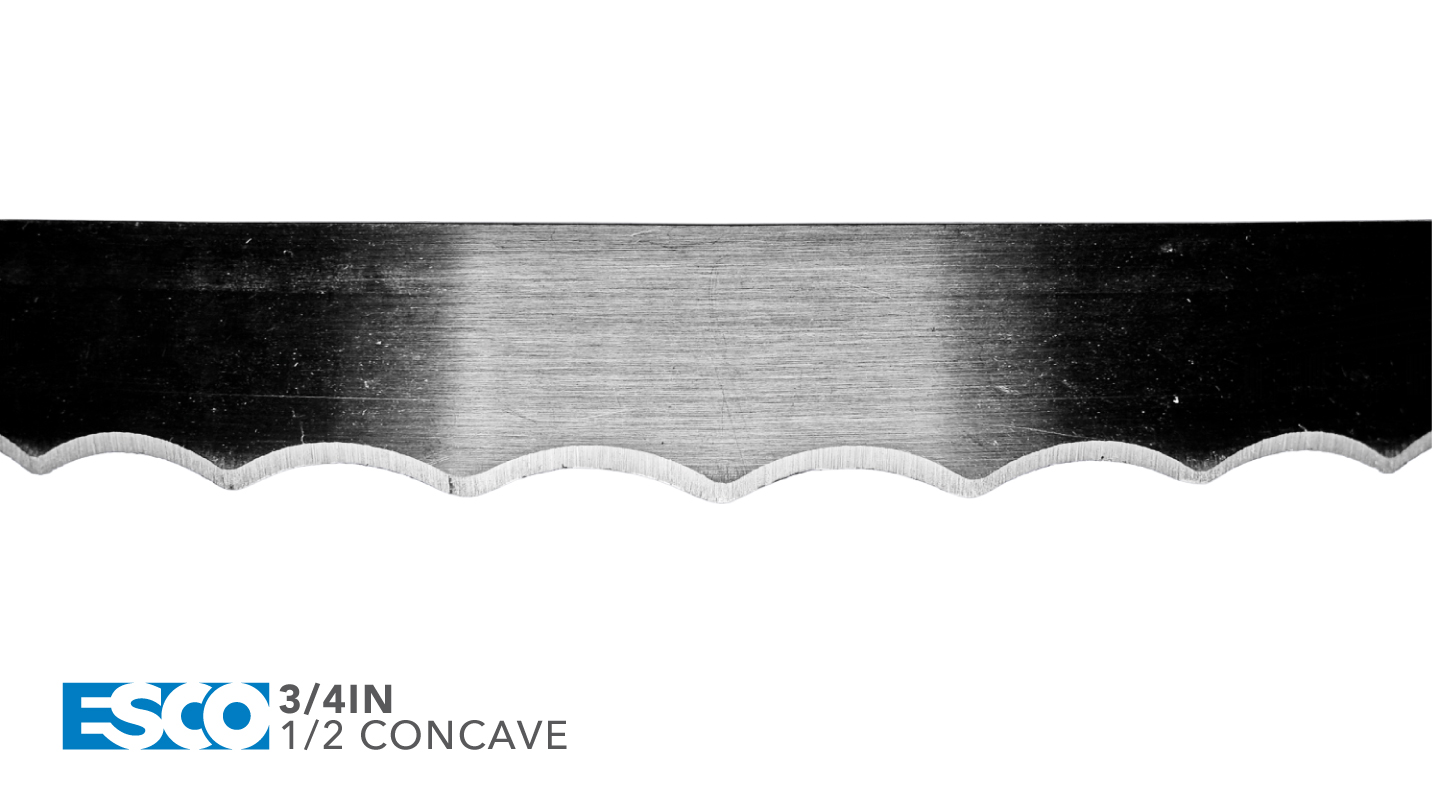

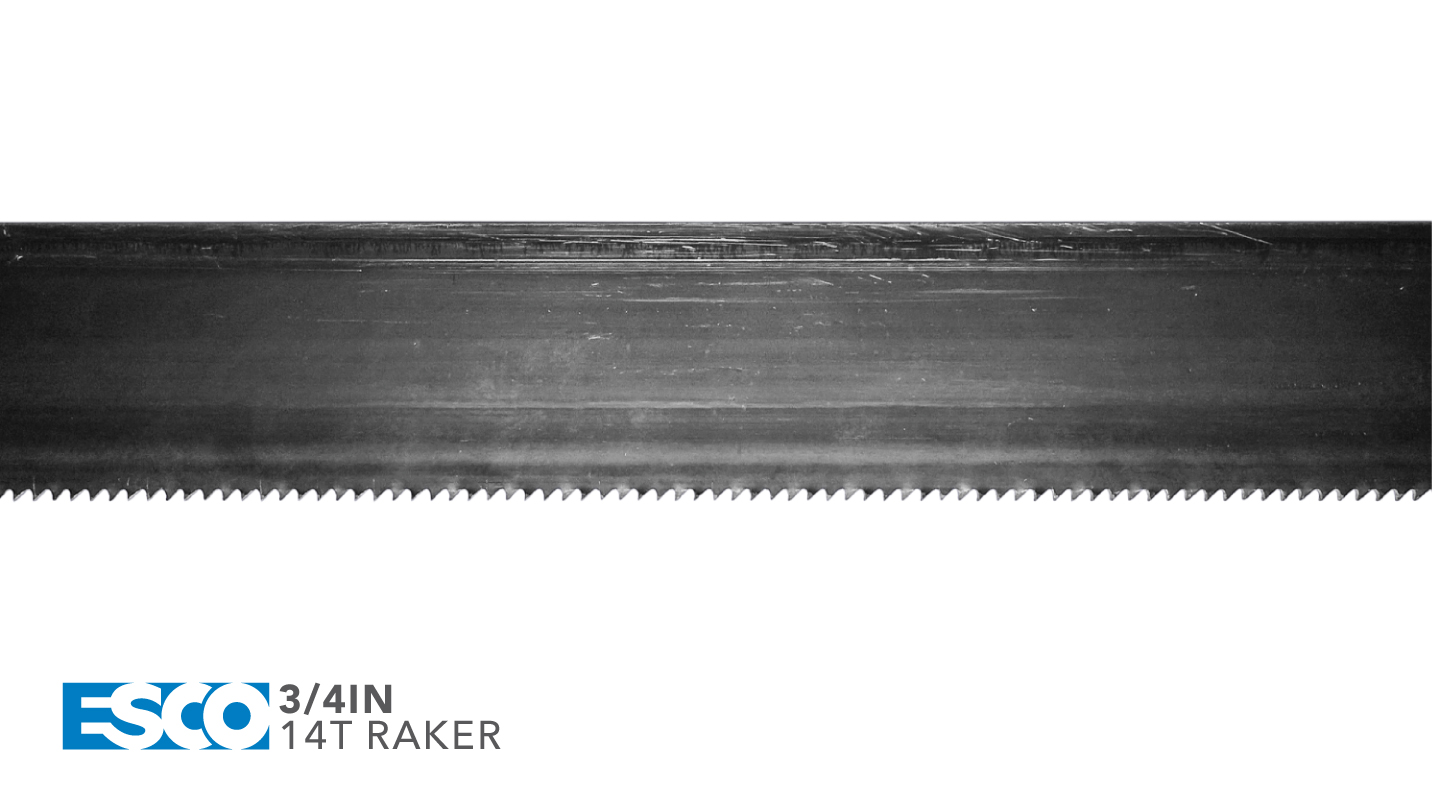
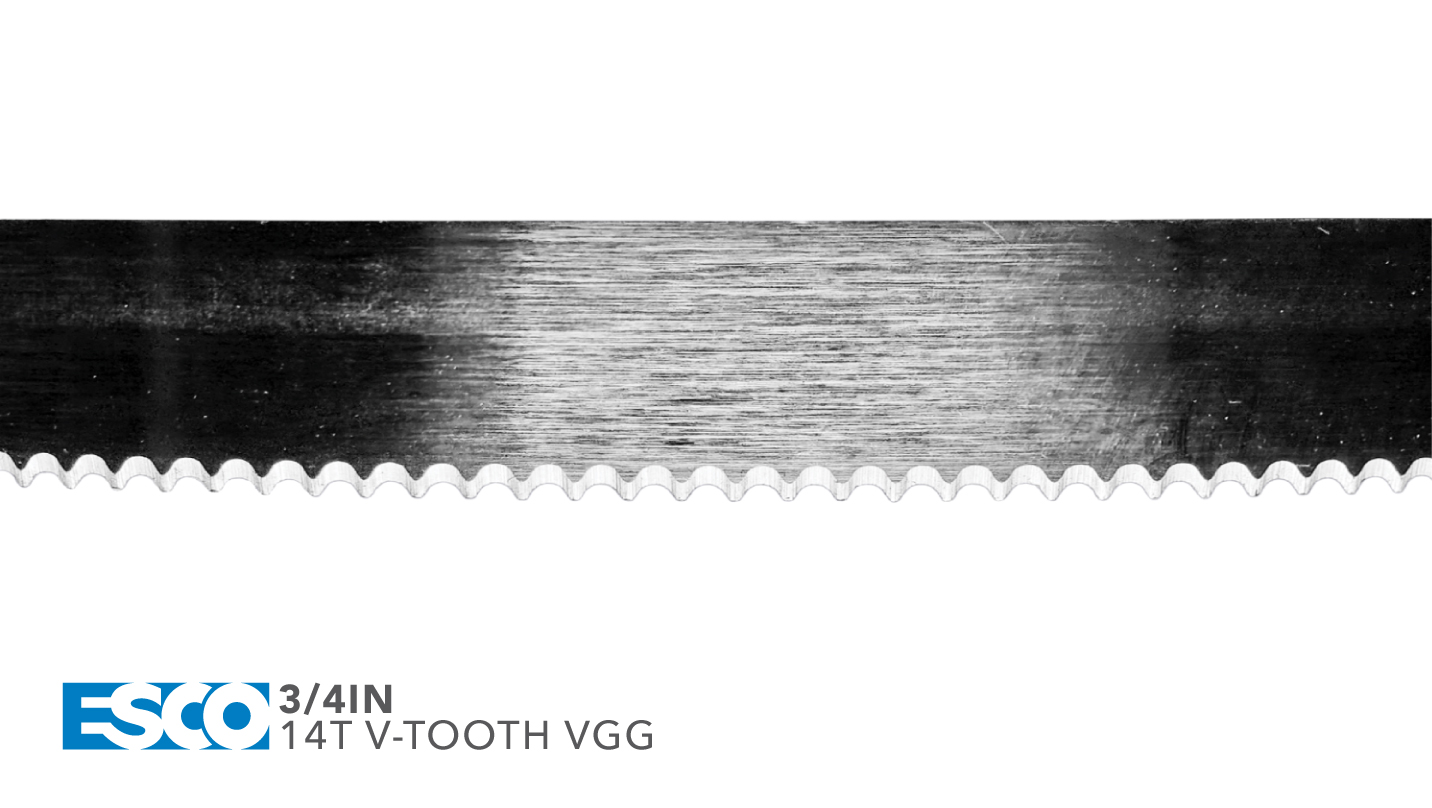
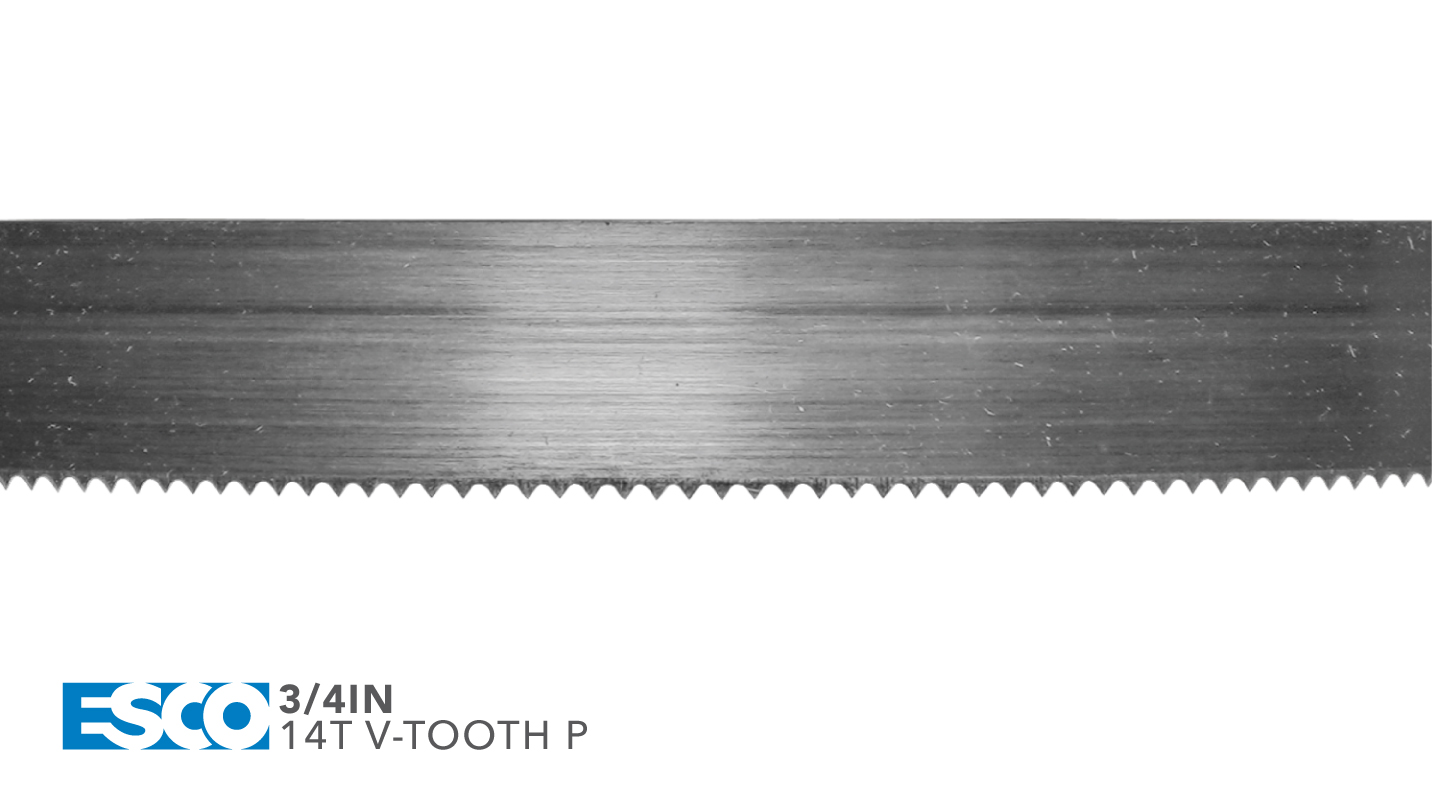
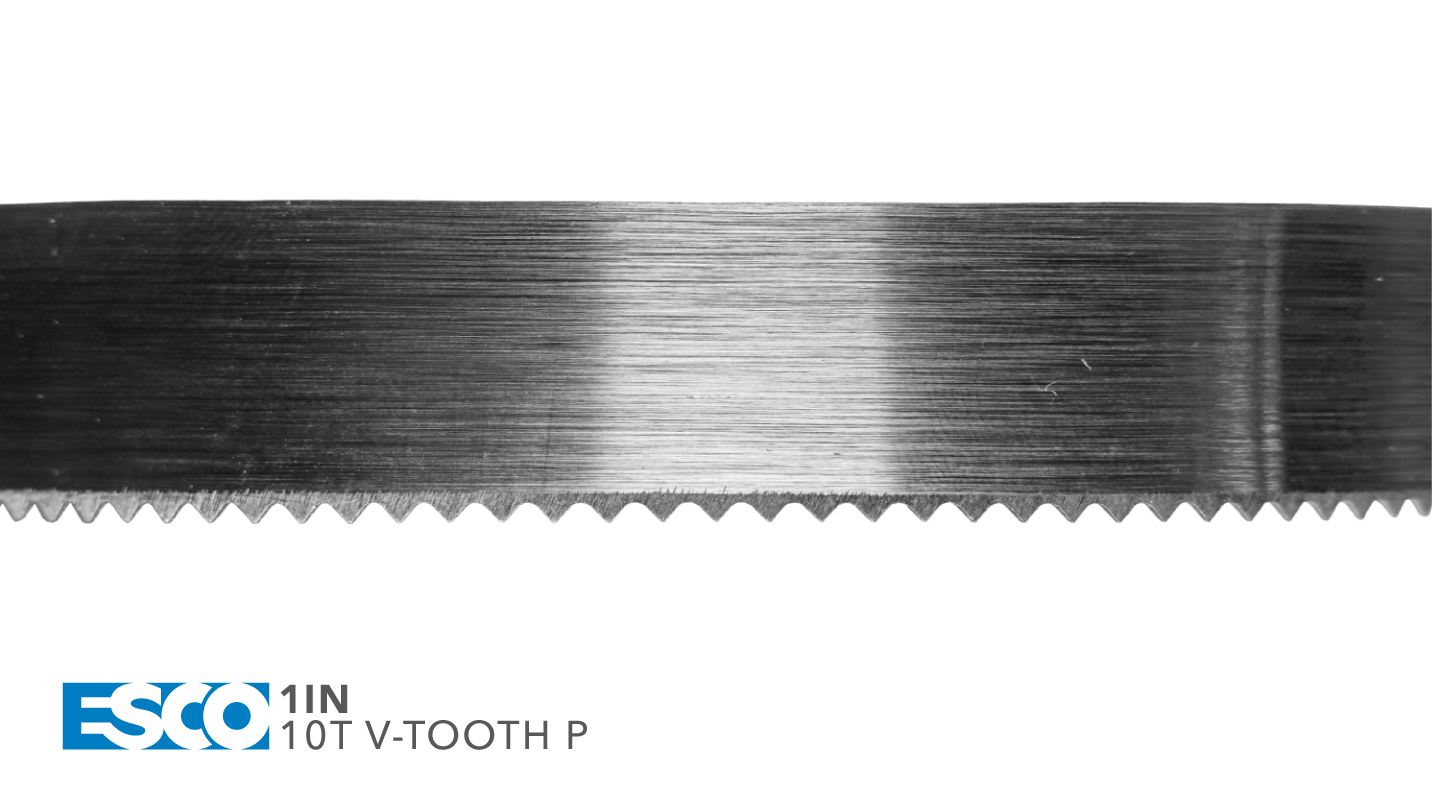
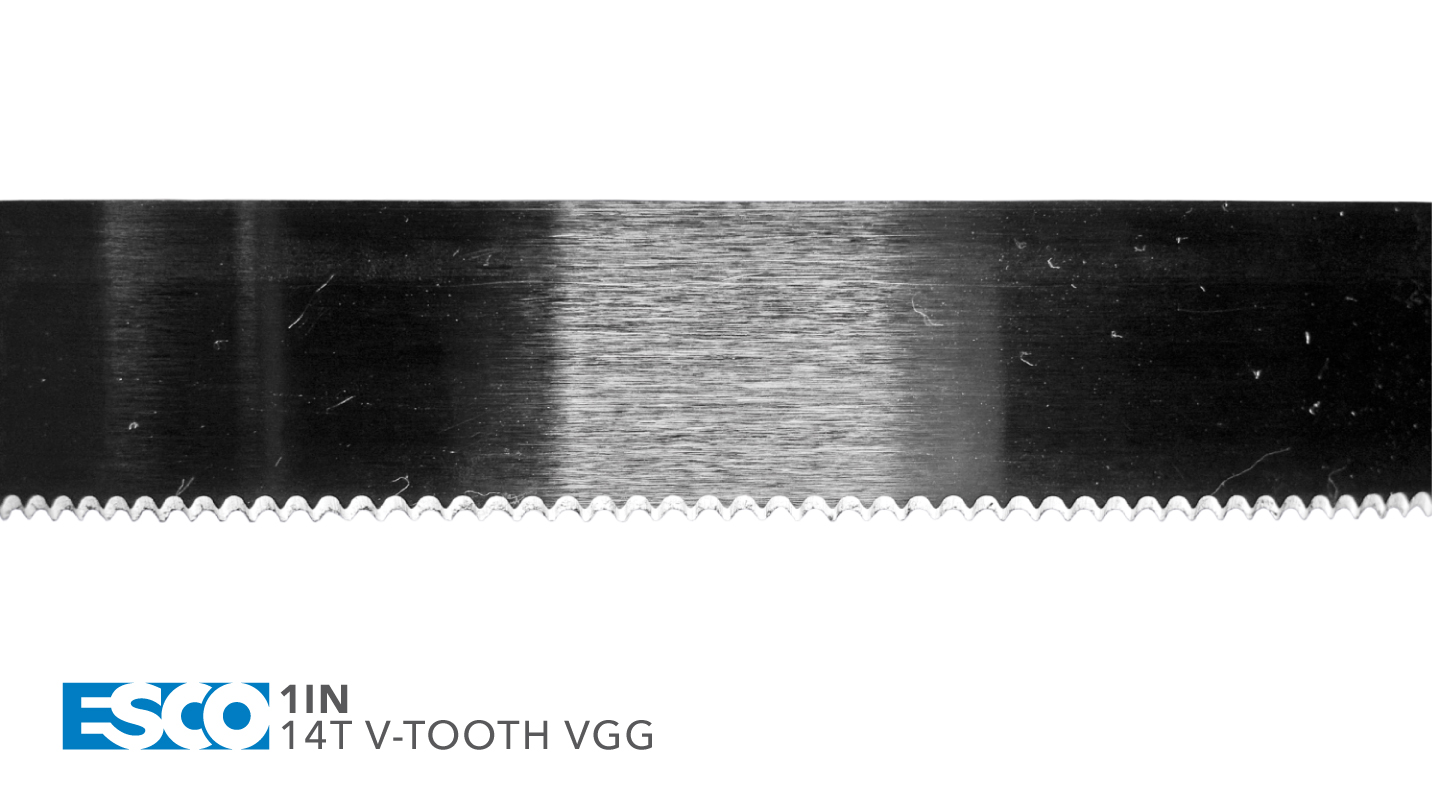
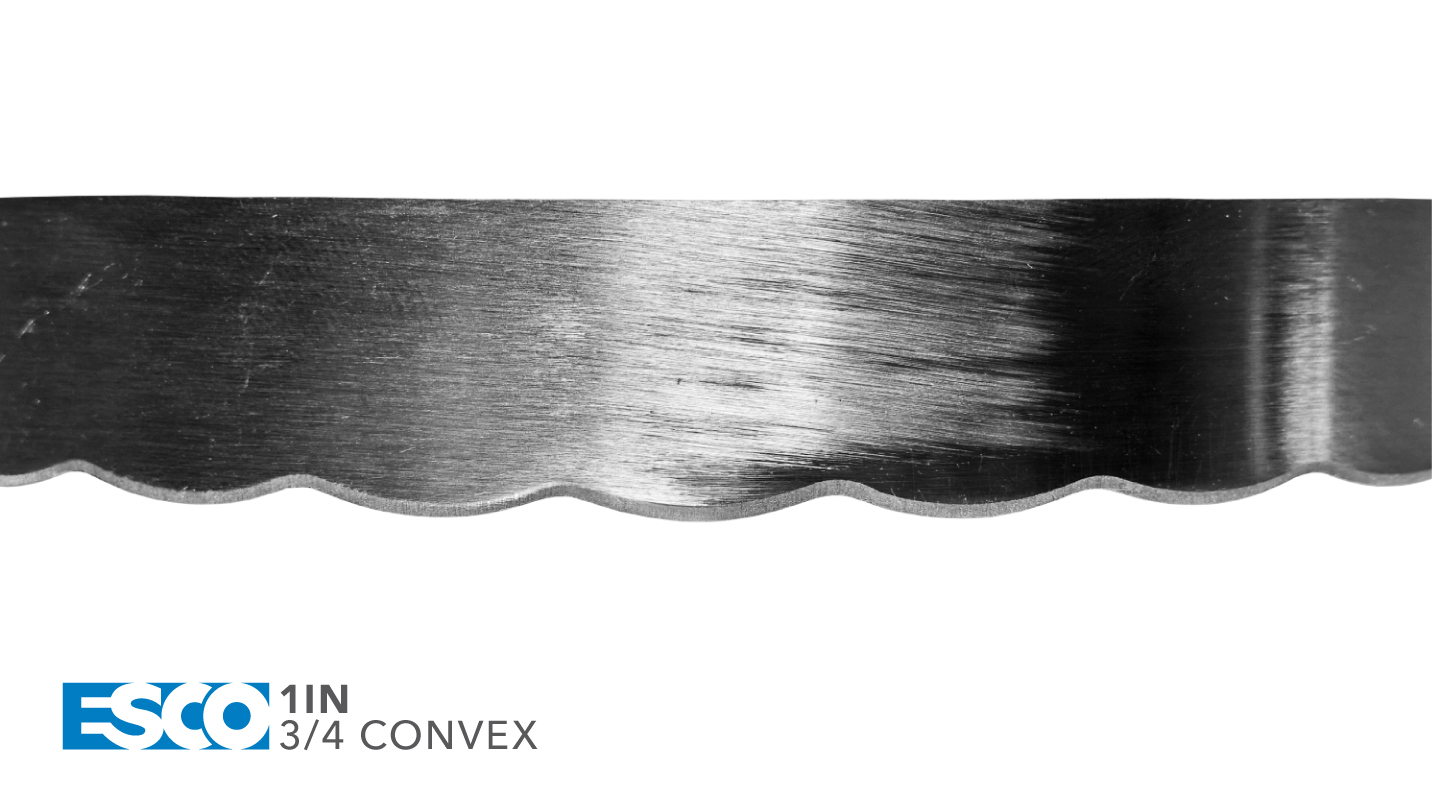
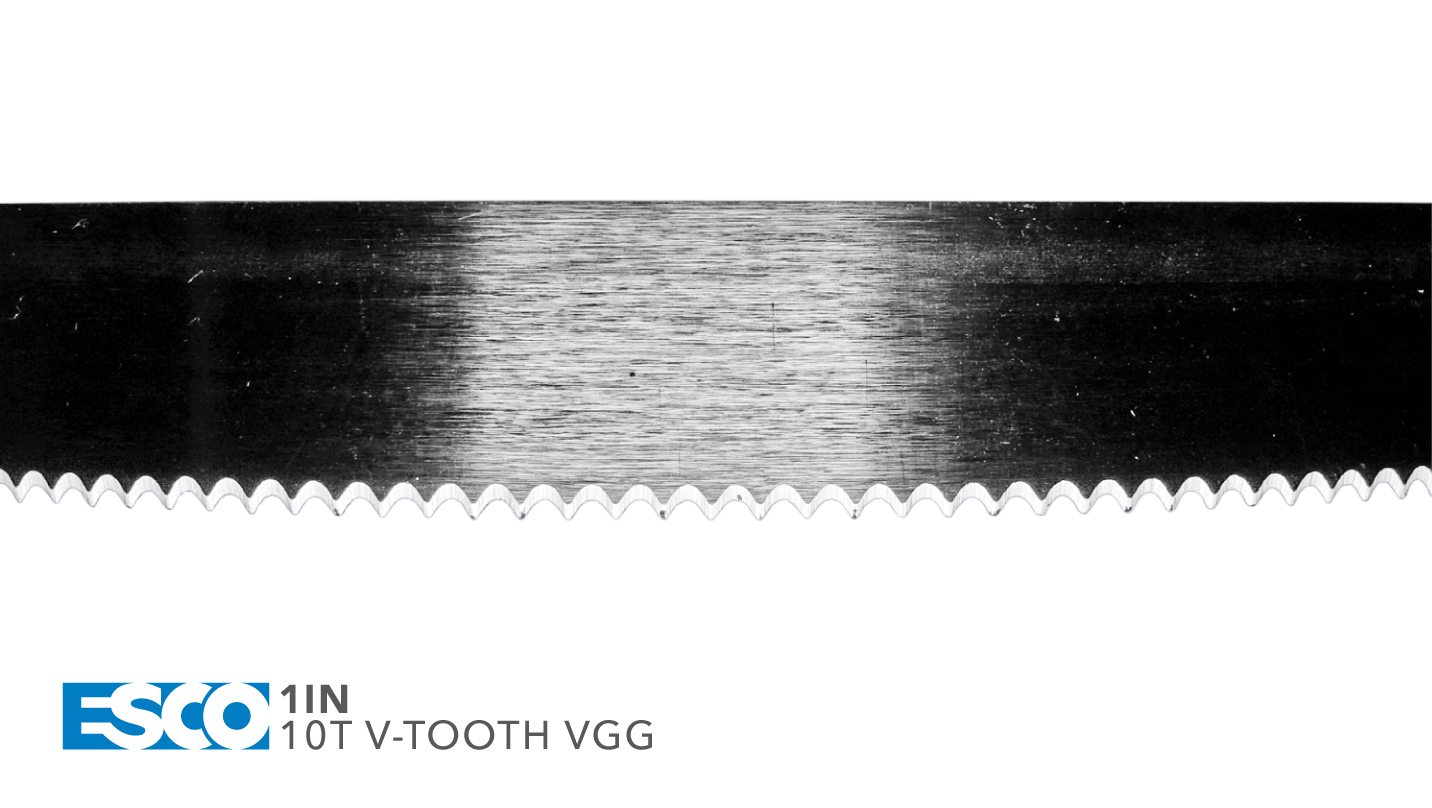
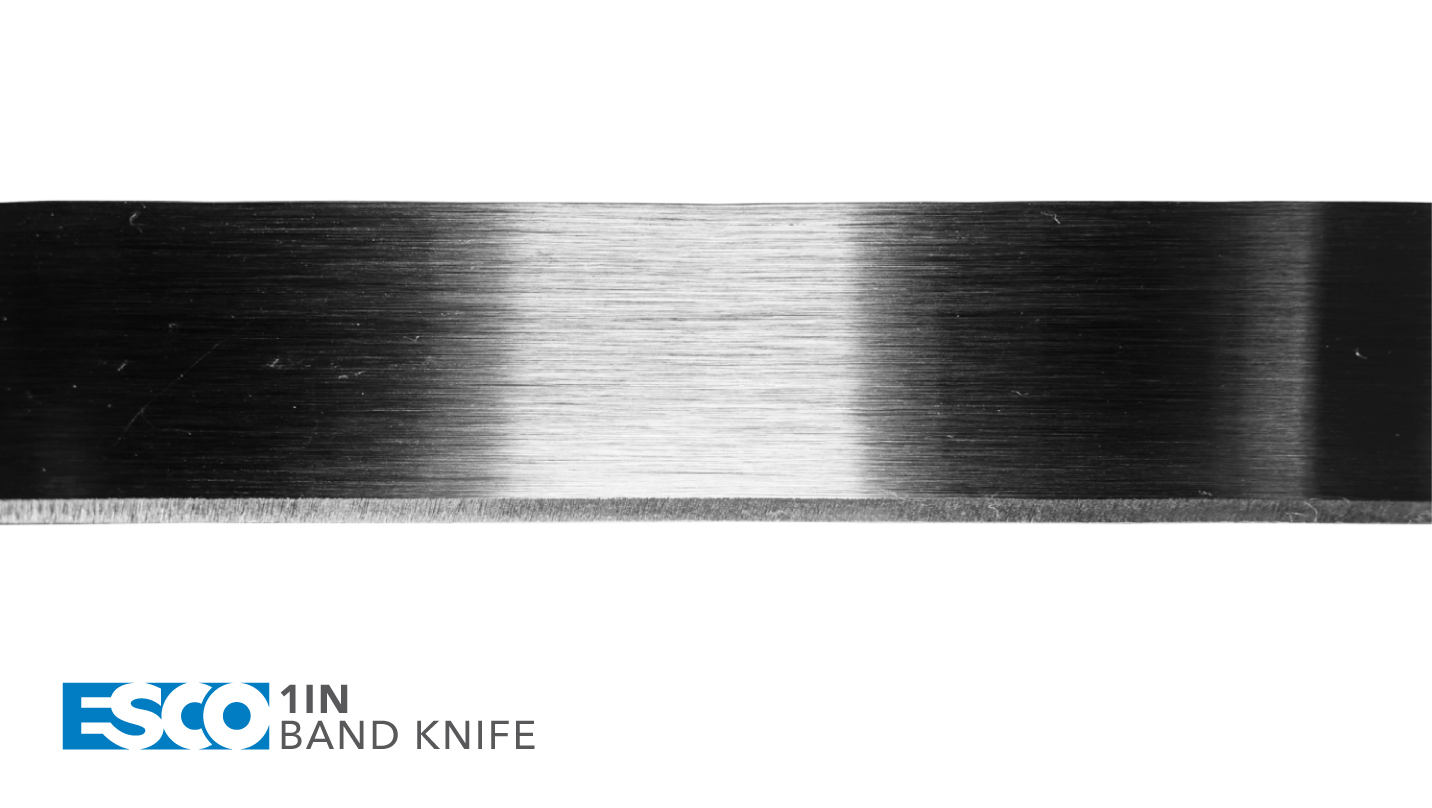
ESCO Blades are available for every saw we manufacture. Available in 5 different widths suitable for whatever foam type you are cutting. Custom blade lengths available upon request.
We've spent the last decade working with blade manufacturers to bring you the highest-quality blades for your ESCO machinery. Our customers can purchase replacement blades in confidence knowing that we offer a consistent high-quality foam cutting blade.
Which Blade?
A very common question we receive is; What type of blade do I need to cut X-Type of foam?
While every application is unique, we've found that this guide is a very good starting point for blade to material selection.
Blade Widths
Download Catalog
ESCO Blade Catalog [Downloadable PDF][Opens in New Window]
Parts Department Contact
Need Parts Now?
Try our digital storefront for parts that are in-stock, ready to ship.
For low-density flexible polyurethanes, knife-type band saw blades are commonly used for their favorable finish and minimal removal of material. The cutting method of knife-type blades imparts a slicing action, which is essentially parting the foam without any material actually being removed. Creating a low-dust if not dust-free process.
For fibrous materials, we recommend a band knife with a concave or scallop edge. Our tests have shown that fibrous materials respond well to knife-type blades, but scallop out-performs in most instances.
Dust
Commonly Processed Materials
Edge Types
For medium-density polyurethane foams such as; Polyethylene. Tooth-type band saw blades are preferred over knife-type blades, as the material demands a more aggressive tooth-type to accurately process material. The cutting method of tooth-type blades utilizes a cutting action, which removes a minimal amount of material from the foam. Creating a low-dust process.
For firmer foams that still require a smooth finish 18T-24T V-Tooth blades are a good starting point. If the material still requires a more aggressive blade, try using an 11T-14T Flat-Tooth blade. Generally speaking the lower the tooth count the more aggressive the blade will be in separating material and will impart a rougher finish. Our Flat-Tooth blades help rectify this issue by being more aggressive but also providing a smooth finish because of the honed edge, increasing overall sharpness of the blade. Selecting the correct tooth-type for you material is not a one-size-fits-all approach. Part of your process development should be testing which TPI and tooth-type accurately achieves your process parameters.
Dust
Commonly Processed Materials
Edge Types
For high-density, rigid polyurethane foams and balsa wood, a saw-type band saw blade is preferred over knife-type and most tooth-type blades. The material requires a kerf (width and amount of material removed from cut) to effectively process material. The cutting method of saw-type (kerf) blades utilizes a sawing action, in which the kerf-type removes a set amount of material from the foam. This process creates a large amount of dust as the maximum amount of material is being removed in comparison to other blade types.
Selecting the correct saw-type for you material is again not a one-size-fits-all approach. Part of your process development should be testing which TPI and kerf-type effectively processes your material.
Dust
Commonly Processed Materials
Edge Types
Subscribe to our newsletter to keep up with the latest news + events